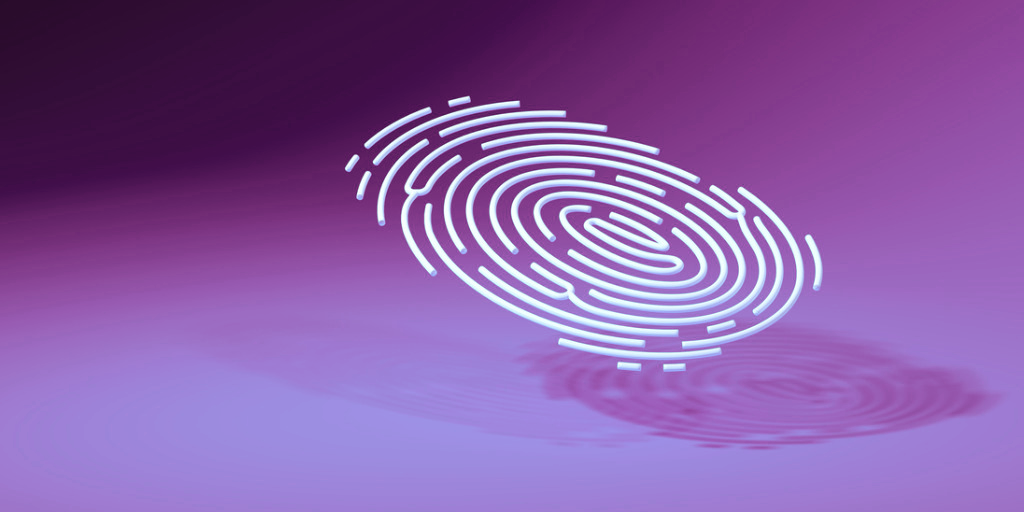
Have you ever come across a digital book that’s been locked so you couldn’t access or use it?
Digital locks are intended to prevent or limit copying, distribution or any other use of copyright-protected content.
The primary purpose of these types of locks, which are also referred to as “technological protection measures” (TPMs) or, more broadly, digital rights management (DRM), is to protect content creators against piracy or unauthorized use of their works.
Different types of DRM
Digital rights management can take various forms, from adding a simple password to integrating a document encryption system.
Digital tattoos or watermarks are also very common.
Other rights management systems, such as fingerprinting, are used to track unauthorized distribution of copyrighted material online. Those systems are not true digital locks but serve a similar purpose.
Canada’s Copyright Act makes a distinction between 2 types of digital locks:
- Locks that control access to content
- Locks that limit how users can use content
Different rules apply depending on the category but the Act prohibits circumventing them, except in certain cases.
DRM in Quebec’s book industry
Many Quebec libraries have collections of digital books that can be borrowed. Digital locks are integrated into those books so they can be returned automatically on the due date.
Locked digital books are also available online from various booksellers. This practice limits the number of copies of the work in circulation as well as the devices (tablets or e-readers) and applications that can be used to read them.
One of the most popular platforms for reading digital books is Adobe Digital Editions. That’s the platform used by Bibliothèque et Archives nationales du Québec (BAnQ).
Some Quebec publishers have opted instead for digital signature systems, which are less restrictive and can contain the name and contact info of the person who bought or borrowed the book.
Accessibility issues
Although they are effective as copyright protection tools, these technical measures can create accessibility issues.
For example, some locks are tied to specific platforms that don’t allow the use of on-screen reading software or reading assistive technology. In particular, those measures create difficulties for persons with perceptual difficulties.
DONA is a great alternative to digital locks
The DONA platform makes it easier for students to access content that’s compatible with reading assistive technology.
Created by Copibec, DONA protects copyright by controlling the distribution of content but doesn’t rely on technological protection measures.
Parents, teaching staff or students can create a DONA account and then easily obtain content from a number of publishers without having to worry about digital locks.





